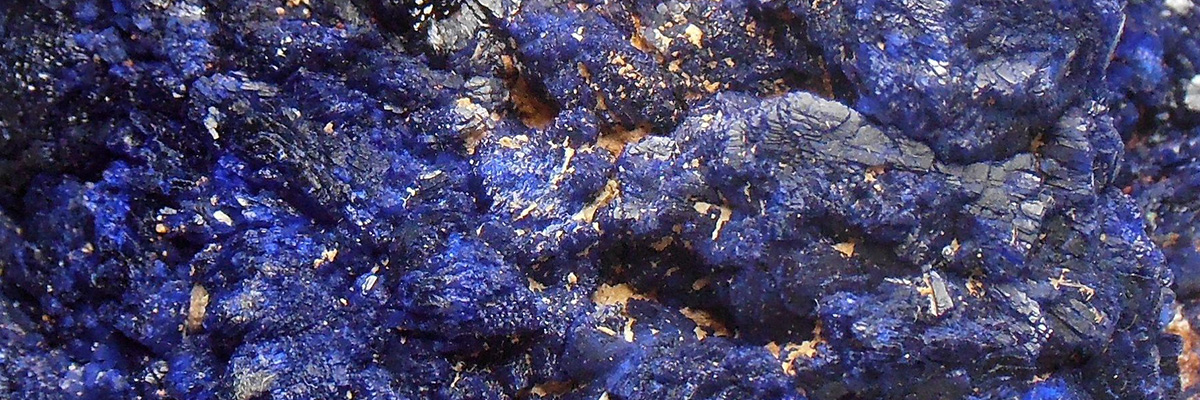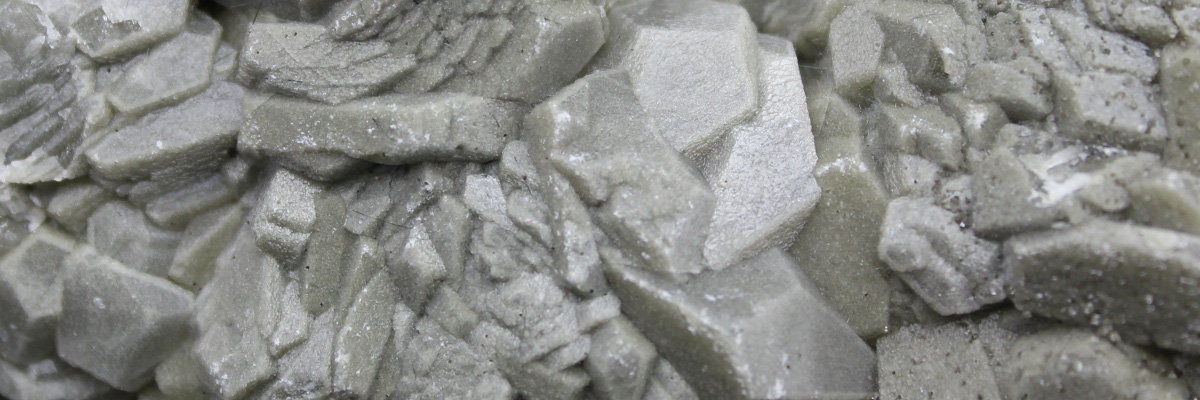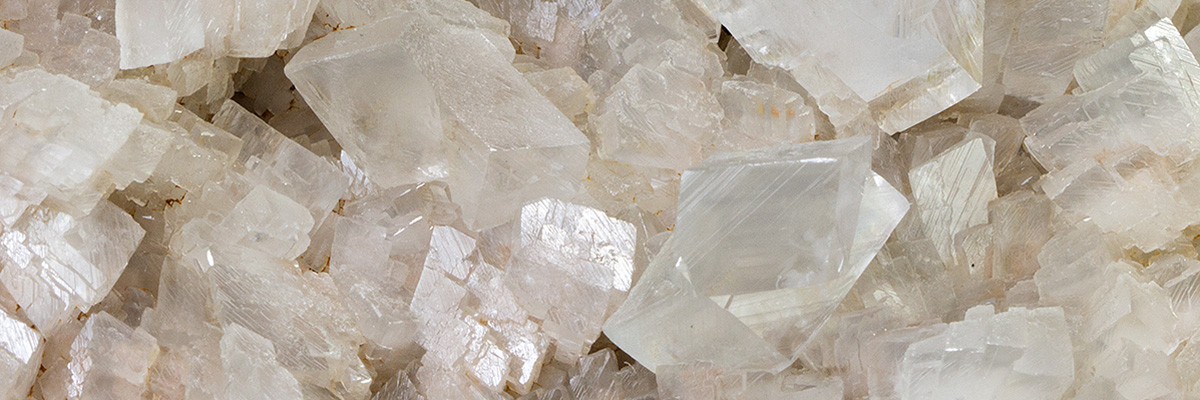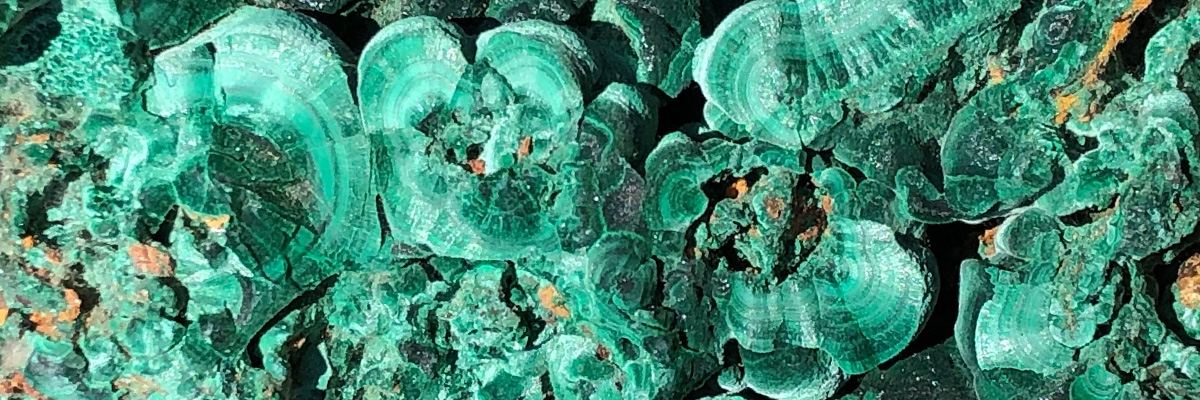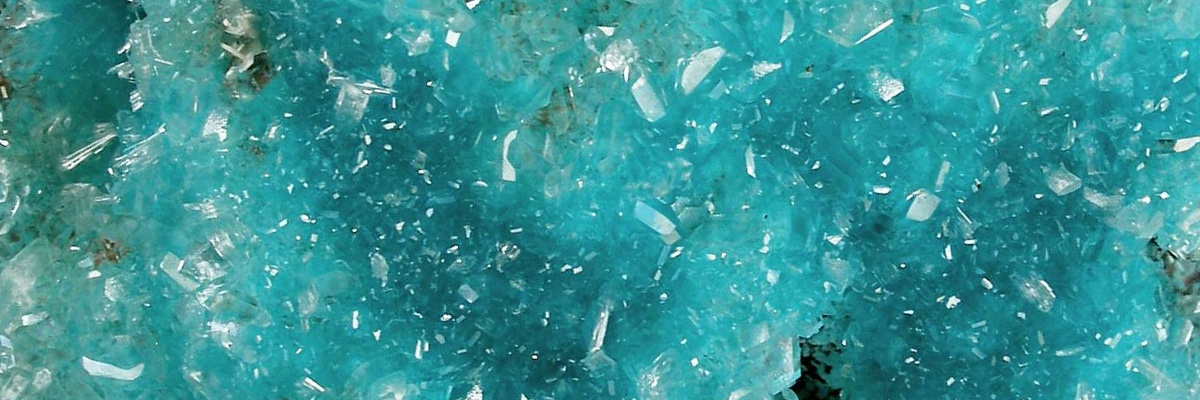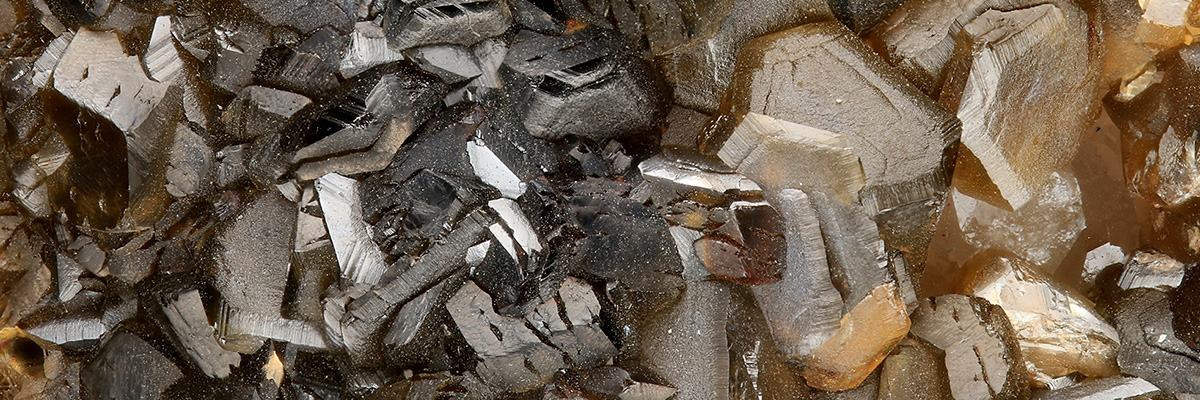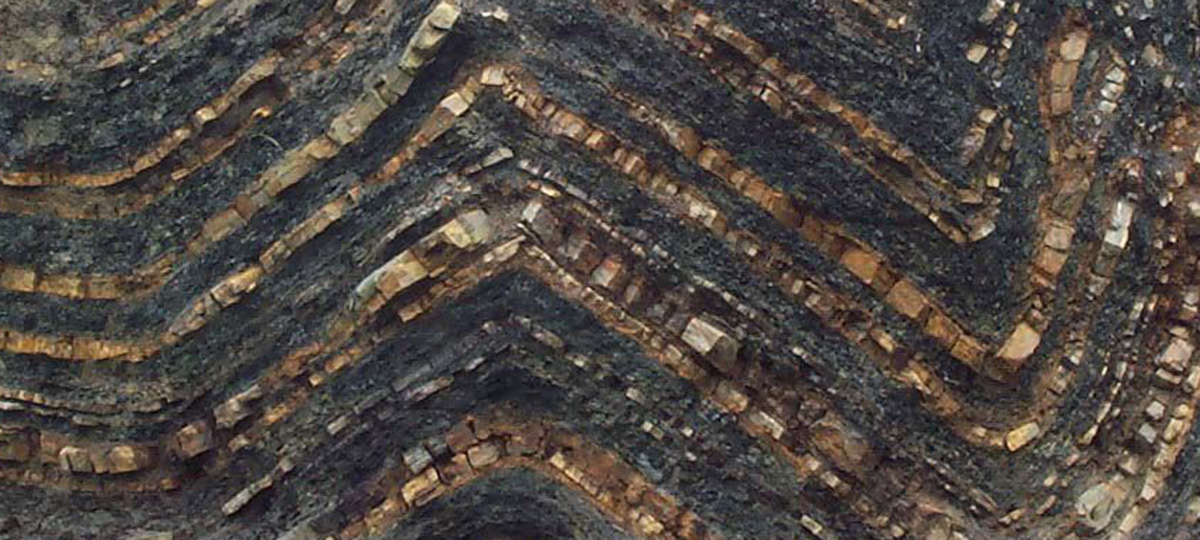Carbonate minerals are a diverse group of minerals composed of carbonate ions (CO3²⁻) combined with various metal cations, such as calcium, magnesium, and iron. They are commonly found in sedimentary rocks, particularly limestone and dolostone, and can also occur in hydrothermal veins and some igneous rocks. Carbonate minerals, such as calcite and dolomite, play crucial roles in the Earth’s carbon cycle and serve as essential resources in various industries.
Types
There are numerous types of carbonate minerals, with the most common ones being calcite, dolomite, and siderite.
- Calcite (calcium carbonate): A widely distributed carbonate mineral, calcite is the primary constituent of limestone and marble. It exhibits a characteristic rhombohedral crystal structure and can be colorless, white, or exhibit various shades of color.
- Dolomite (calcium magnesium carbonate): Often found in sedimentary rocks and as a replacement for calcite in limestones, dolomite forms dolostone. It has a similar crystal structure to calcite but differs in its chemical composition, containing both calcium and magnesium.
- Siderite (iron carbonate): Siderite is a brown, gray, or yellowish carbonate mineral found in sedimentary rocks, hydrothermal veins, and some igneous rocks. It is often associated with other iron-bearing minerals, such as hematite and magnetite.
Properties
Carbonate minerals display several characteristic physical and chemical properties. They are generally soft, with a Mohs hardness of 3 to 4, and exhibit a perfect rhombohedral cleavage. Carbonate minerals can be transparent to translucent and display various colors, depending on their composition and impurities.
One of the key properties of carbonate minerals is their reaction with dilute acids, such as hydrochloric acid, which produces bubbles of carbon dioxide gas. This reaction is a standard test for the identification of carbonate minerals in the field and laboratory.
Significance
Carbonate minerals hold significant importance in various fields. In geology, they can provide valuable insights into the geological history of an area, the processes that have occurred, and the depositional environments of sedimentary rocks.
Carbonate minerals also have essential commercial and industrial uses. Calcite is used in the production of cement, lime, and as a filler in various products, such as paint and plastics. Dolomite is used as a source of magnesium and as an agricultural soil conditioner. Siderite serves as a source of iron for the steel industry.
In addition, carbonate minerals play a crucial role in the Earth’s carbon cycle. The formation and dissolution of carbonate minerals act as significant carbon reservoirs, influencing global climate and ocean chemistry. Understanding the distribution and behavior of carbonate minerals is vital for managing carbon emissions and mitigating the impacts of climate change.
Examples
-
Aragonite
Aragonite is a carbonate mineral, specifically a polymorph of calcium carbonate (CaCO3), and belongs to the aragonite group within the class of carbonates. The mineral …
-
Azurite
Azurite is a striking blue copper carbonate mineral belonging to the carbonate class, specifically within the monoclinic crystal system. Known for its vivid blue color …
-
Calcite
Calcite is a widespread calcium carbonate mineral that belongs to the carbonate class within the trigonal crystal system. It exhibits a remarkable diversity of crystal …
-
Dolomite
Dolomite is a carbonate mineral that belongs to the anhydrous carbonate subclass within the trigonal crystal system. Named after French mineralogist Déodat Gratet de Dolomieu, …
-
Malachite
Malachite is a striking green copper carbonate hydroxide mineral that belongs to the monoclinic crystal system. Its vibrant green color, ranging from light to dark …
-
Rosasite
Rosasite is a captivating secondary carbonate mineral belonging to the monoclinic crystal system. Known for its beautiful blue-green hues, rosasite often exhibits acicular, fibrous, or …
-
Siderite
Siderite is an iron carbonate mineral belonging to the trigonal crystal system, characterized by its yellowish to brownish color, and a vitreous to pearly luster. …

Related Posts
-
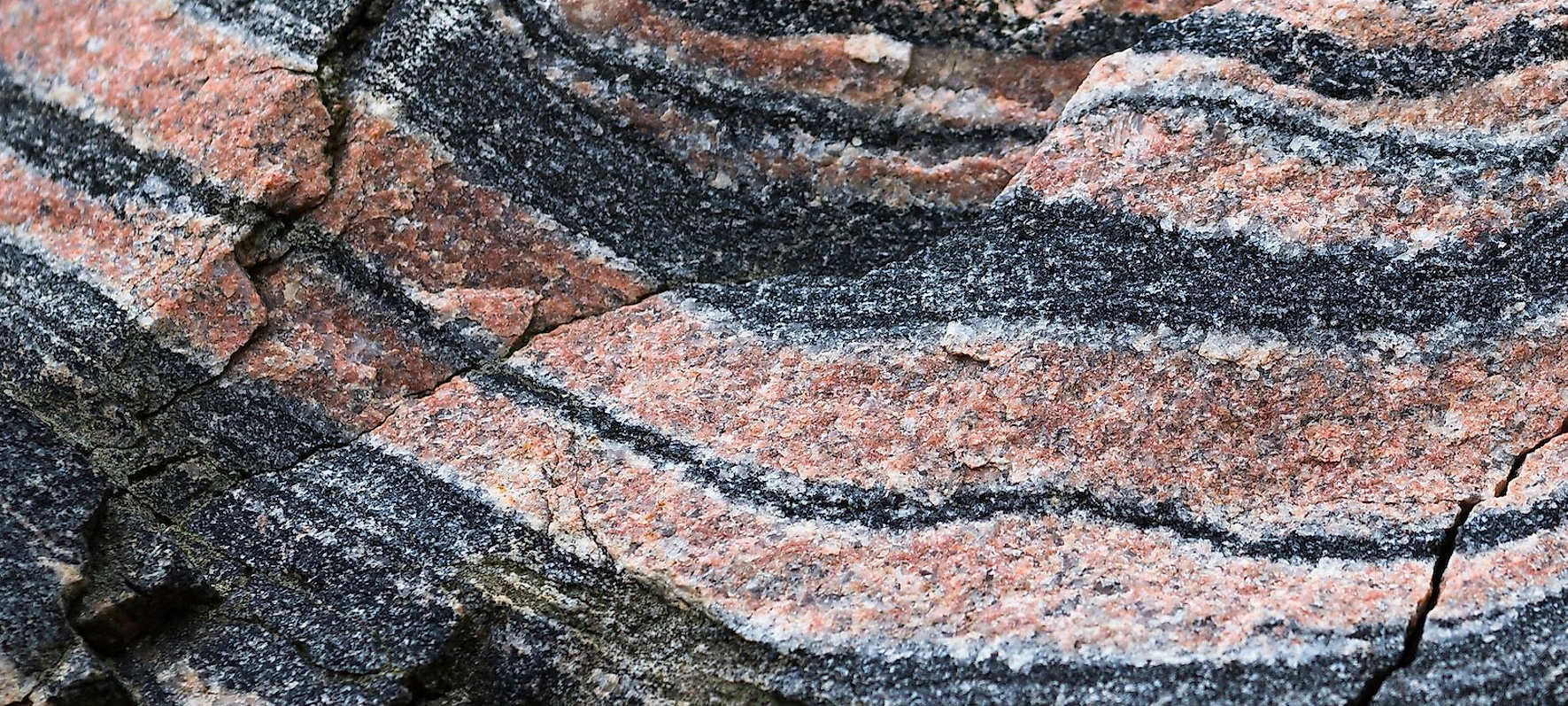
Metamorphic
Metamorphic rocks are a fascinating class of rocks that have undergone transformation due to intense heat, pressure, or mineral exchange deep within the Earth’s crust. …
-
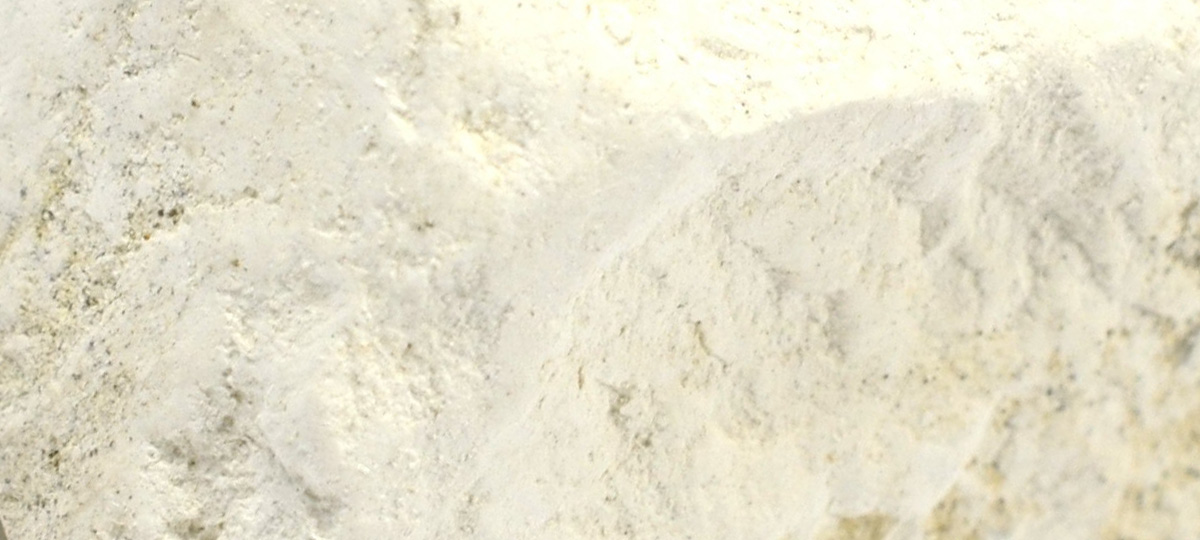
Organic Sedimentary
Organic sedimentary rocks are unique formations derived from the accumulation and preservation of plant and animal remains, providing a window into Earth’s biological history. These …
-
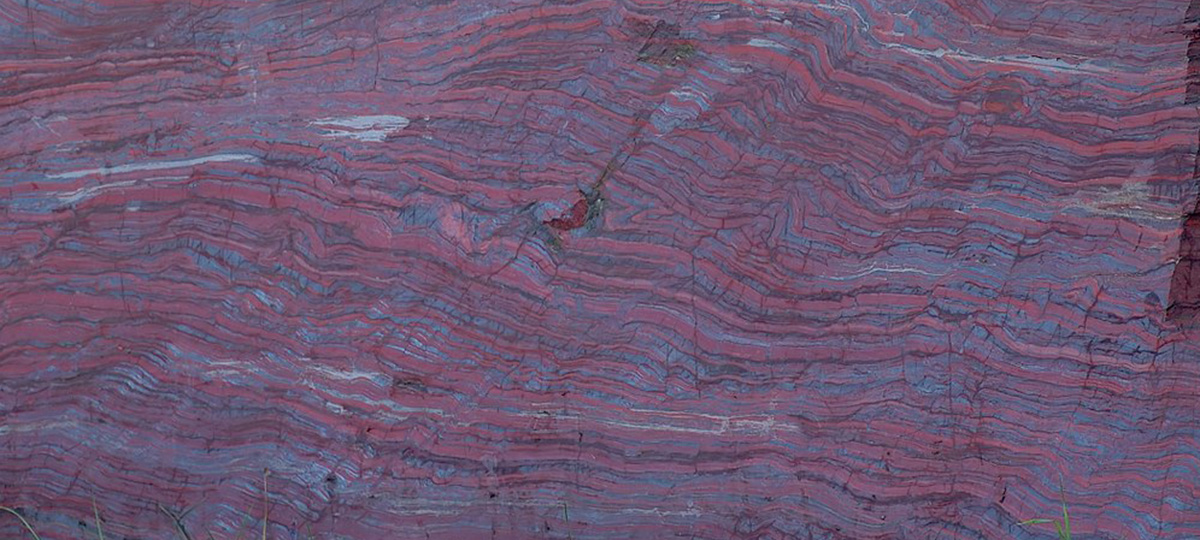
Chemical Sedimentary
Chemical sedimentary rocks are formed from the precipitation of dissolved minerals from water, often due to changing environmental conditions. These captivating rocks offer valuable insights …



